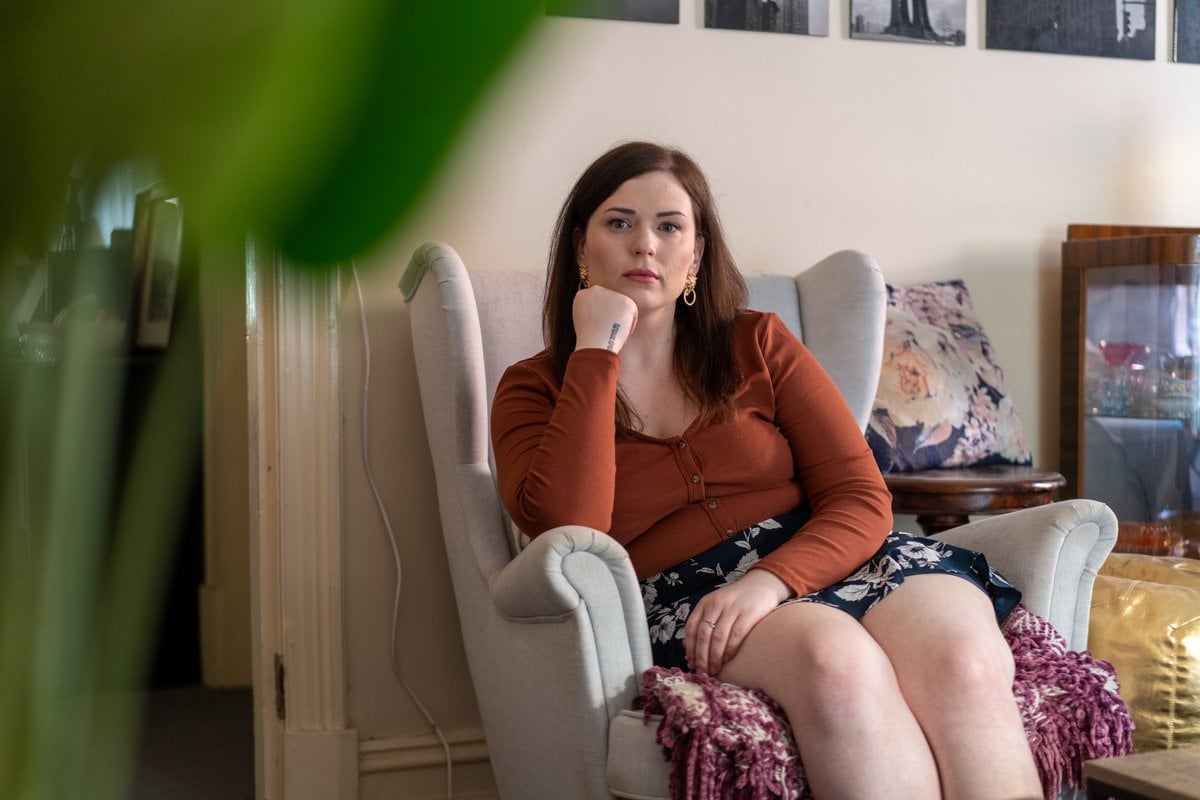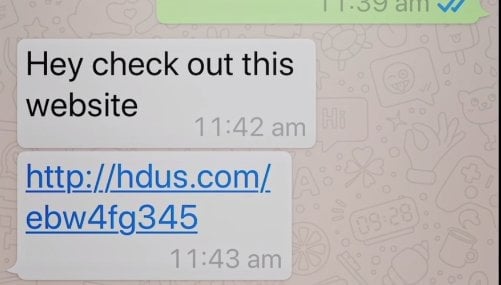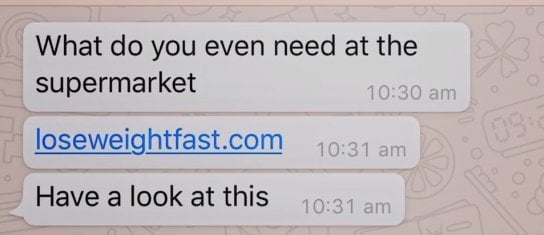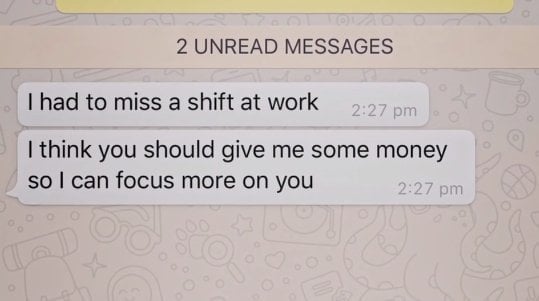

May is Domestic and Family Violence Prevention Month and at Mamamia, we're sharing women's stories of bravery and courage. If you have the means, please donate to RizeUp to help women and families move on after the devastation of domestic violence.
This post deals with domestic abuse and might be triggering for some readers.
While we’ve been navigating a worldwide pandemic, arming ourselves with masks and vaccines and socially distanced safety, Australia has continued with its silent battle against another epidemic: domestic abuse.
As citizens crept back indoors for an unprecedented amount of time in lockdown, many found themselves trapped with their abusers, with the situation getting darker and more dangerous as days ticked by.
And for many, one woman a week on average, this darkness and danger resulted in death.
That’s one woman a week too many for us.
But what do we do about it? While it may be easy to say men (who are the main perpetrators of family violence) are to blame and they need to fix the problem, that simply won’t work. Unfortunately, it’s a burden that falls on all of us.
We need to educate, understand, unpack and watch for the signs to stop this danger in its tracks and prevent another death. But identifying these signs is seriously tricky.
However, a new documentary covering first-hand stories from survivors, victims and their families has shone a terrifying light on what is going on behind so many closed doors in Australia. And it has outlined the warning signs for us.
It’s called See What You Made Me Do and it's based on extensive research by Australian journalist Jess Hill, published in her book of the same name. The series follows individual cases of women and covers shocking statistics around domestic abuse.




Top Comments